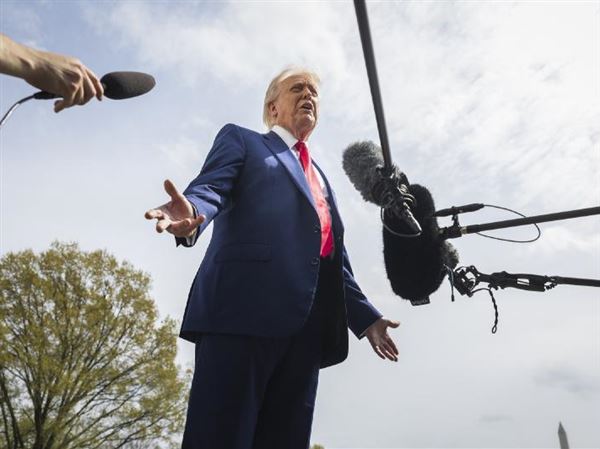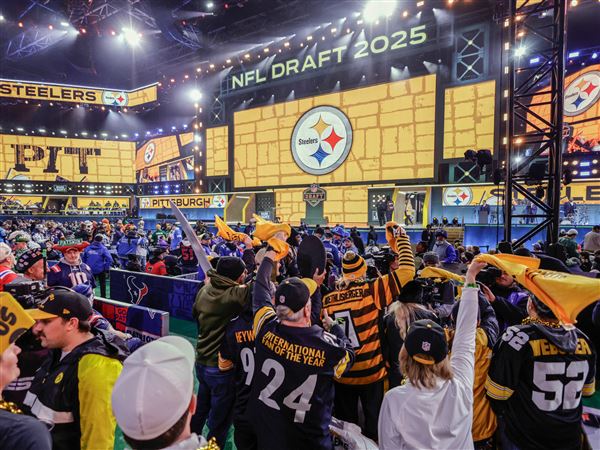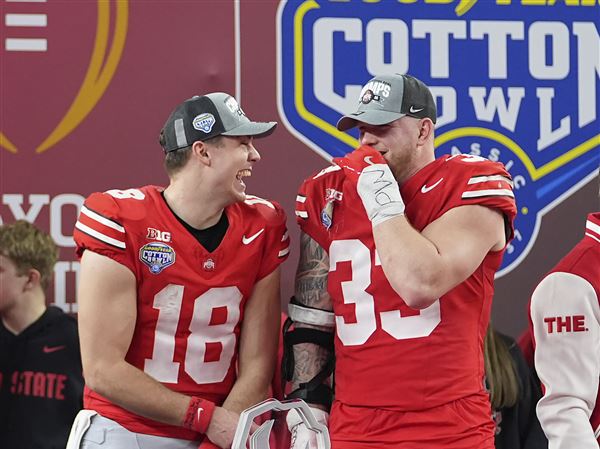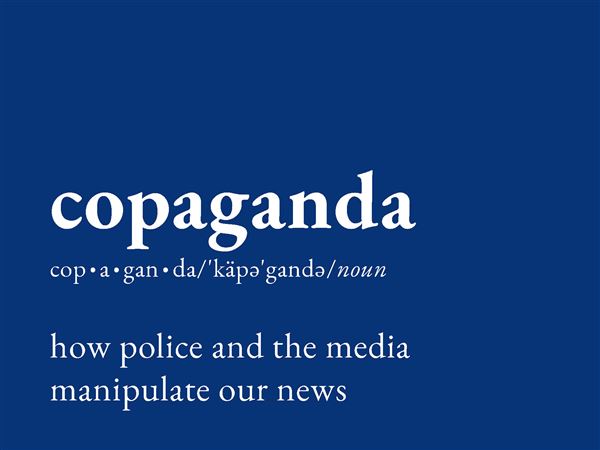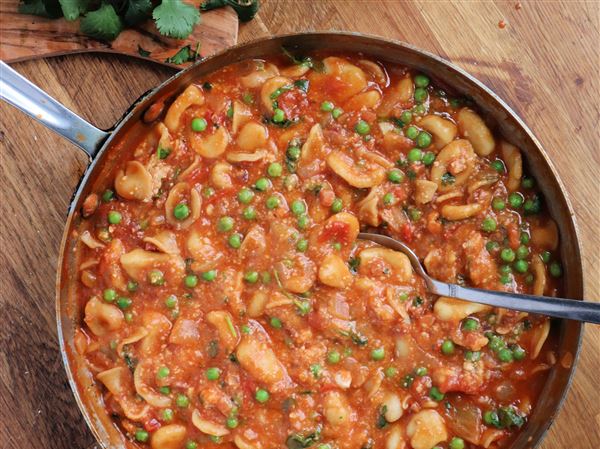A century and a half ago, the Allegheny Arsenal supplied munitions to the Union Army during the Civil War. Today, a motley crew of two dozen professional wrestlers will take over Arsenal Park in Lawrenceville, for a battle of their own.
The combatants are from the Keystone State Wrestling Alliance. For more than a decade, the alliance has made smoky halls and lodges in Lawrenceville its home, bearing witness to the transformation of the Pittsburgh neighborhood, from an industrial hub teeming with the legacy of a Civil War munitions factory to a gentrified destination for dining, art and music -- known for its dense sample of hipsters.
"This is the weirdness of Lawrenceville," said Chad Warren of Oakland, standing in the back row at a recent match, titled "MAYhem." In the ring the Jester, a masked Keith Haught Jr., 23, faced off against Dr. Devastation, 38-year-old Lou Zygmuncik.
In front of Mr. Warren, 34, an audience of young children and elderly women cheered for a particularly brutal takedown. The crowd waited for the announcer's count, which followed the thud of bodies hitting the foam padding layered on top of wood and steel to form the 16-by-16 ring.
The old-fashioned fight hearkens back to Pittsburgh's wrestling history, to local icons such as Johnny De Fazio and Bruno Sammartino.
At the same time, the spectacle draws a younger crowd, for whom wrestling is more of a novelty, a spectacle caricatured on television or in vintage action films.
"I've come before and it's been totally hipsters and [Pabst Blue Ribbon beer]," Mr. Warren said.
Sarah Madia, 37, said she recently brought a house guest to a match, as one would bring a visiting tourist to local landmarks. "It's just a great subculture of Pittsburgh," she said.
Some come to the face-offs when they can, perhaps a few times a year. Others show up every month.
It's the latter group for whom the wrestlers, who all work day jobs, say they keep competing. The pay is minimal, few are seeking higher levels of competition and the occupation comes with its share of hazards.
Mike Marchetti, 27, who plays Kris Kash, has the cuts and bruises to prove it. During a break between matches, he stood outside, describing the injuries he has suffered in the ring: Three concussions and several bruised ribs.
"It's the adrenaline. I love entertaining," Mr. Marchetti said. His skill is speed, he added, which lends itself to high-flying moves as he darts from corner to corner in the ring.
Tony Trozzo, also 27 and a high school classmate of Mr. Marchetti, uses his size to overpower his opponents as the character Shane Starr, represented by the symbols of a phoenix and a nautical star.
To wrestle more seriously, Mr. Trozzo said, he would have to build up his muscle while simultaneously losing 20 pounds.
But that isn't his goal, he said. "This is me living out my childhood."
Mr. Trozzo and Mr. Marchetti both had wanted to wrestle with the K.S.W.A. since high school. They were turned away at first, and told to come back when they turned 18.
Their parents were hesitant at first, but "my dad loves it now," Mr. Marchetti said. "Bruno Sammartino was his hero."
"It's old-timey," he added. "It reminds my dad of his childhood."
Mr. Trozzo works at Allegheny Ludlum steel mill; Mr. Marchetti is a carpenter. Wrestling connects them to a past they never knew. "Wrestling wasn't always TV and cameras; it's gymnasiums, word of mouth," Mr. Trozzo said.
If the matches are any indication, wrestling is also about theatrics and the thrill of performing.
"I never did theater in school. This is good, old-fashioned physical entertainment," Mr. Marchetti said.
It's the storyline that keeps the tradition alive, said K.S.W.A. owner Bobby Orkwis, a business analyst at Highmark. Mr. Orkwis began as a ring announcer about a decade ago and then purchased the operation in 2005. The story offered to fans was that the previous owner had lost all his money gambling. "Bobby O," as his character is known, had to buy him out.
Justin Smith, who has wrestled with the company since its inception, offered this breakdown of the fighting: 50 percent real, 50 percent imagined. He plays a slugger from Tijuana, Mexico, whose best move involves grabbing his opponent's head with his legs, and then flipping over.
Mr. Smith, 35, has tried out for larger organizations, such as Extreme Championship Wrestling and the Tri-State Wrestling Alliance, but he said he's not big enough to compete at that level. He makes $250 a night, which is on the upper end of the pay scale for K.S.W.A. wrestlers.
Tickets are typically $10.
"The price is right," said Mario Ferraro, seated in the first row next to his mother, Grace Ferraro, 73. Mrs. Ferraro likes to watch her grandson, the referee, perform up-close. "It's in-your-face wrestling. It's a family event and it makes you feel involved. Where else -- for 10 bucks -- can you have a good time for three hours?"
Today's Arsenal Park event is free of charge.
